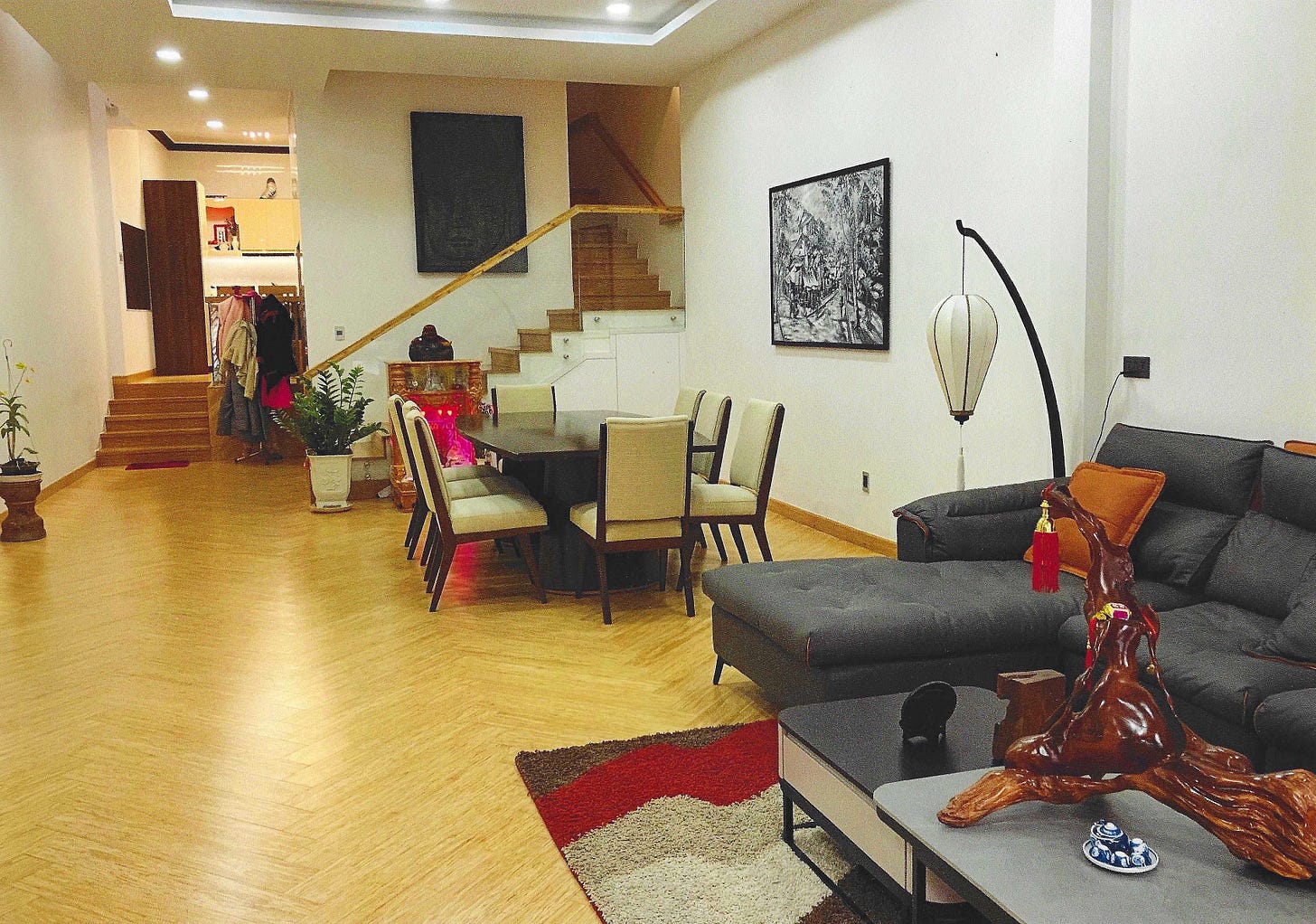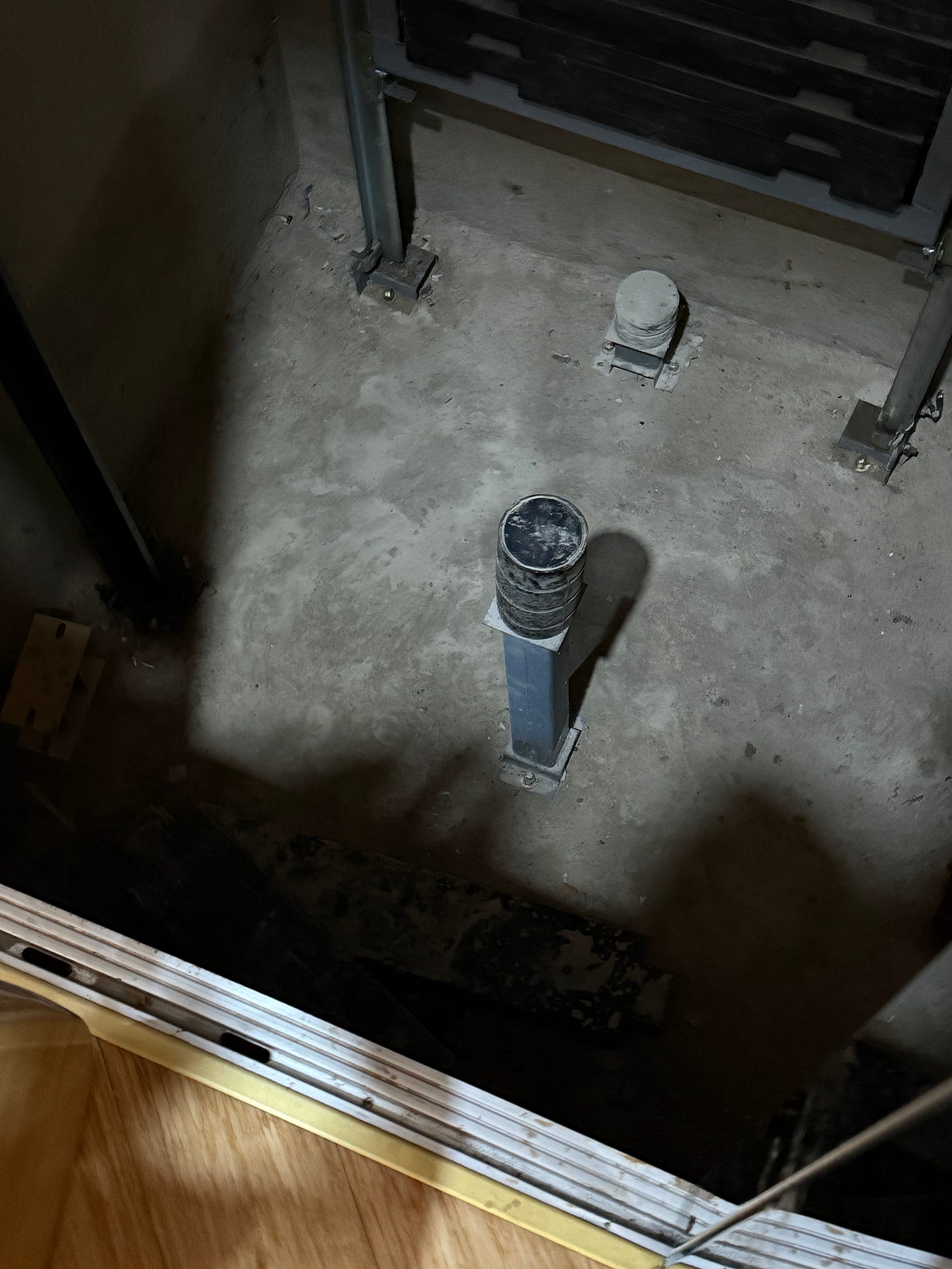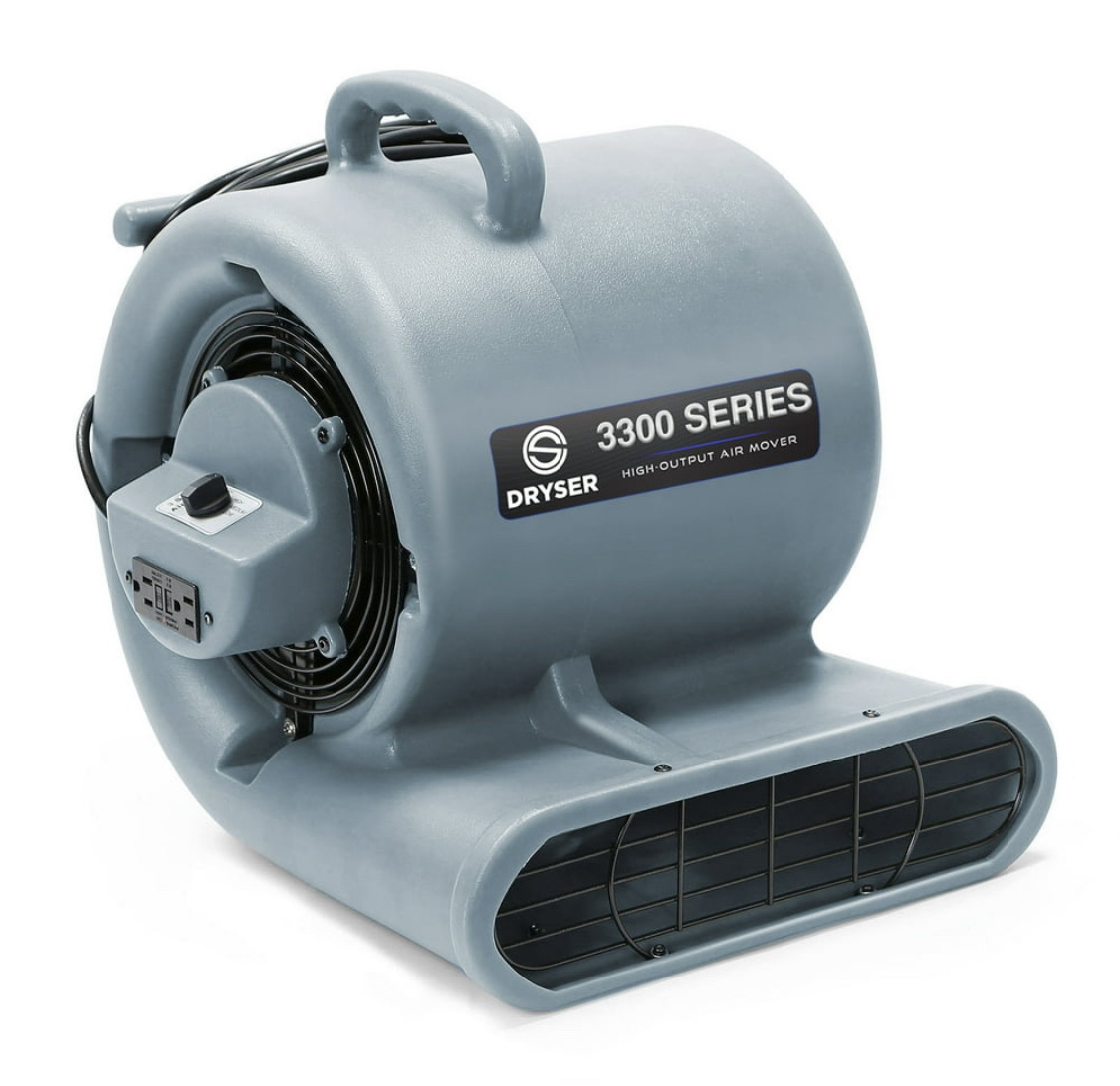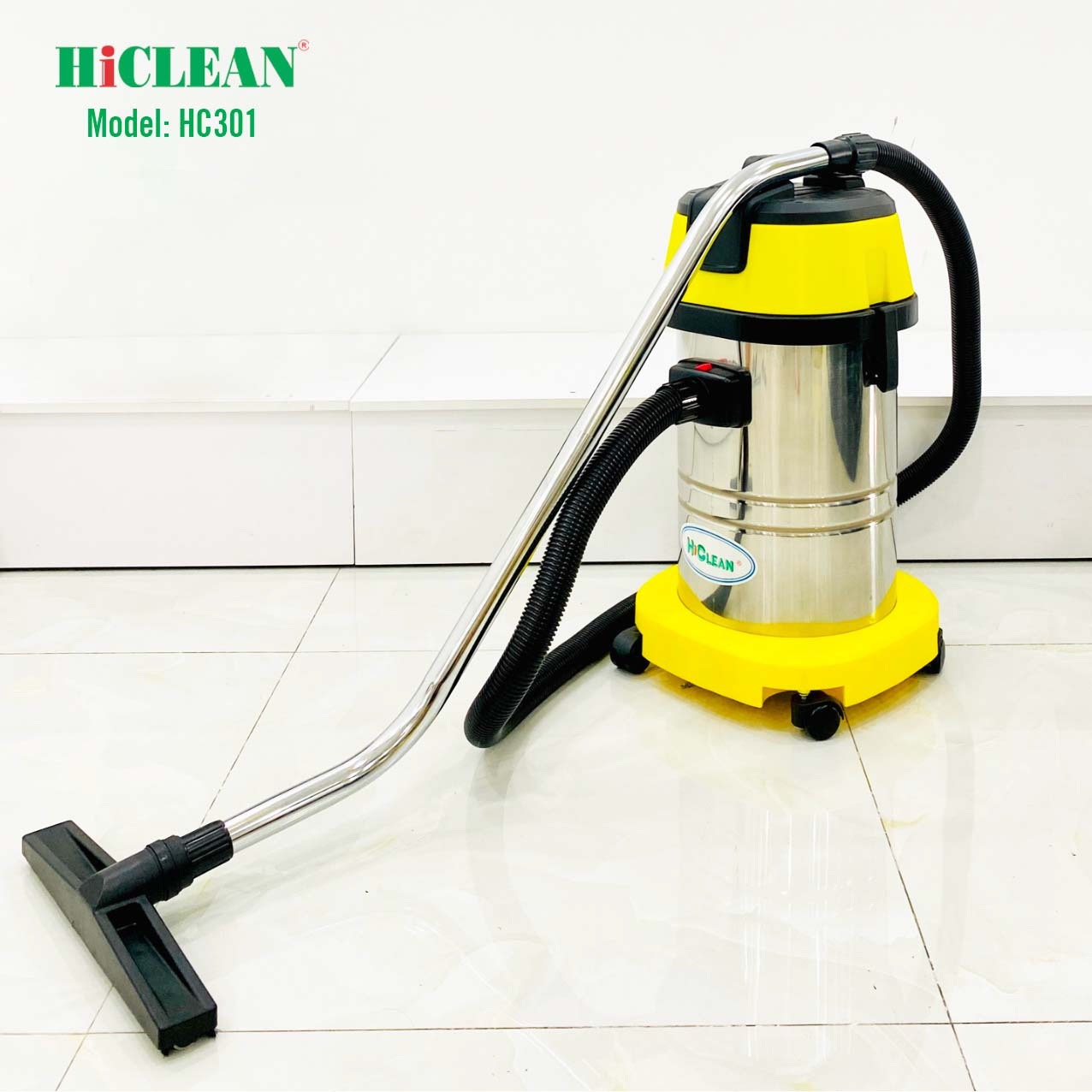This Substack is about life in Việt Nam from the viewpoint of a 10-year expat who spent his first 60 years in a low-context culture.
Tapping the ❤️ at the top or bottom of the page, or leaving a comment will let me know your thoughts and feelings, which are important and valuable to me. Doing so also helps others find this article. Thank you.
A few weeks ago, I was able to sleep all the way ‘til 5 a.m.
I woke up groggy, which is unusual for me.
At 6, groggy me went to wake up H for early school and heard what sounded like a waterfall inside the elevator shaft.
‘That’s weird!”
We’d previously had a malfunction in the roof-mounted solar water system that dumped buckets of water onto the roof, so I went up to the ap mai (top deck patio) to check. All was well.
There.
Woke H up and went down to start breakfast, still hearing the waterfall.
When the elevator doors opened, I stepped into at least a centimeter (~1/2 inch) of water and the waterfall sound was now below me. I ran up the five stairs to the kitchen, threw open the under-the-sink cabinet doors, and found a fountain. A furious fountain.

As soon as I closed the shut-off valve, the fountain died. I made a mental note to show La and H how to shut off the water at any sink and at the street.
Water, water, everywhere that you wouldn’t want to drink.
With great dread, I looked around. The kitchen was flooded. The dining room was flooded. The waterfall sound was hundreds of liters of water continuing to drain into the elevator shaft.
Not yet thinking straight, I hopped back in the elevator to the third floor. Waking La, I told her to grab towels and basins and come down. I also asked her to call her contractor friend and see if he could come over immediately. Then I grabbed what towels I could and took the elevator down to the first floor and left it there so we could later open the ground floor doors to pump out the water in the shaft.
We have had a floor outlet under the dining table, so I should’ve turned off the power right away. I finally got around to it immediately after La asked if I’d done so and had me feel the floor outlet cover; it was HOT. We haven’t used that outlet in the four years we’ve been here, so it’s now disconnected.
We squeegeed what we could into the elevator shaft and soaked up the rest with the towels. Since I was intimately involved in the building of the house, I knew there was nothing electrical down there within one meter of the bottom, so “a little” water wouldn’t hurt anything. I was more worried about damage to the bamboo floor. By the time contractor/friend Phúc appeared, we had 98% of the water off the floor. The real problem is the water still under it.

A couple years ago, our kitchen contractor neglected to fully tighten a connection under the kitchen sink. It took a few days for enough water to seep under the floor so that it was noticeable.
He paid to replace most of the kitchen floor and I was now wishing I’d replaced it with tile.
If only…
This time there was a LOT more water and it reached all the way to the living room, 12 meters (39ft) away. This was going to be a nightmare.
Fortunately, the elevator shaft “saved” us. Without it, we would’ve had a few centimeters (at least an inch) of water covering the entire living/dining area.

Drying out the shaft
La’s contractor friend, Phúc, showed up within 20 minutes of getting the call and immediately went to work. We propped open the elevator doors and he rigged up a sump pump. With a garden hose running out the front door into the garage and draining to the hẻm (alley), it took over an hour to pump the ~2.4m3 (84.8ft3) of water out of the shaft.
The shaft floor and walls were still damp, so we left the doors open for three days hoping it would dry out sufficiently.
I took that opportunity to sweep about 10L of concrete chips and powder and stray garbage left by the original workers. My hope was that this would speed the drying by giving the moisture fewer places to hide.
It wasn’t enough. Within hours of putting the elevator back into operation, there was a musty smell in the cab.
Damn!
At first, I thought maybe an air filter had gotten damp because it didn’t smell musty in the shaft. The elevator contractor told me that only filter is on the roof of the cab, so the smell had to be coming from the shaft.
The local electronics store had a couple fan-looking heaters to choose from, so I bought the bigger one and set it up in the shaft for a few days, set to rotate and hopefully 86 the musty smell.
After four days of heat 20+ hours a day, the musty smell was gone.
While waiting for the elevator shaft to dry out, I had to attack the water-under-the-floor issue. My first thought was that I needed a carpet dryer to pull the water from under the floor.
Road Trip
Our hometown of Đà Lạt (Dalat) is small, a couple hundred thousand people, so there are quite a few not-every-day-items that one has to drive four hours to Nha Trang or seven hours to Sài Gòn (Saigon, a.k.a. Ho Chi Minh City) to procure. Some of the smaller or more common items are available on Lazada (think amazon.com but a LOT smaller and 98% Chinese-made) or Shopee for home delivery. Under “normal” circumstances, I make a list of what I can’t find here and dedicate a half- or full day of my monthly trip to Saigon to finding them. In extreme cases, I get to wait ‘til my next trip to the US.
This wasn’t going to wait. I needed to dry the floor and sub-floor ASAP!
No one in Dalat sells carpet dryers here, so I posted on the “Expats in Vietnam” FaceCrack page asking who knew where I could find them. Thanks to Gary, who tracked them down in Nha Trang, I was on a bus the morning after the flood.
Once I found them, I realized they wouldn’t do the trick. Fortunately, the same store had a 30L wet/dry vacuum, so I bought it. The box was too big for the 7-passenger bus to carry as cargo, so I bought a seat for it. Sorry I didn’t take a photo of it in the seat; this will have to do.
The bamboo floor slats are super-glued together and that was enough to keep the water mostly on top of the dining/living room floor. Since the leak was under the kitchen sink, the water went first into the hole in the cabinet floor through which we can access the drain pipes. From there, it crept under the entire kitchen floor.
The vacuum did an okay job of pulling up water in the kitchen, but not good enough. A big chunk of my beautiful bamboo floor is in ruins.
We’ll have to replace the kitchen floor. Again. This time with tile.
The vacuum was very good at getting the last of the cement dust out of the elevator shaft. I’ve decided I’ll give the bottom of the shaft a couple coats of sealer some time before the summer, just in case it’s again needed as a sink.

This all happened just three days after I took delivery of a top-of-the-line Electrolux oven that I’ve been putting off since we moved into the house four years ago. I had finally caught up with the bills and had a little extra for the oven. Yeah, right.
We went round and round on when to replace the kitchen floor. SWMBO wants to wait ‘til after Tết (Lunar New Year), but that’s more than six weeks after the flood and I’m worried about black mold getting a foothold. We are, as best I can figure out, the ONLY structure in the province that doesn’t have black mold. It’s an accepted fact of life here, BUT I won’t have it.
I’m keeping an eye on the floor and’v told her that if I see even one grain of what MIGHT BE mold, the floor’s coming up. The kitchen is a gathering place during the New Year celebrations and I don’t see the problem with everyone gathering on a mold-free concrete floor.
I also don’t want a year of retaliations.
For those reading this and thinking,
Just have someone come in, tear out the floor and lay the new tile,
welcome to Việt Nam.
Contractors stop quoting new work about two months before New Year Day 1 (29 January this year) and that was a month BEFORE the flood. IF you can get someone out, it’s going to cost triple and you have only about a 50% chance of the work finishing before the new year. What’s more likely is that one day they’ll just stop showing up without explanation.
Basically, we’re SOL unless I do it myself, which I could’ve done if I hadn’t picked up bronchitis a week before the flood and thought it was the flu for the first 10 days…
If we don’t see any signs of mold before then, we’ll get into it in mid-February once Tết is in the rear view.
One more thing… like washing machine hoses, water supply hoses should be replaced in pairs. I bought the best I could find.








